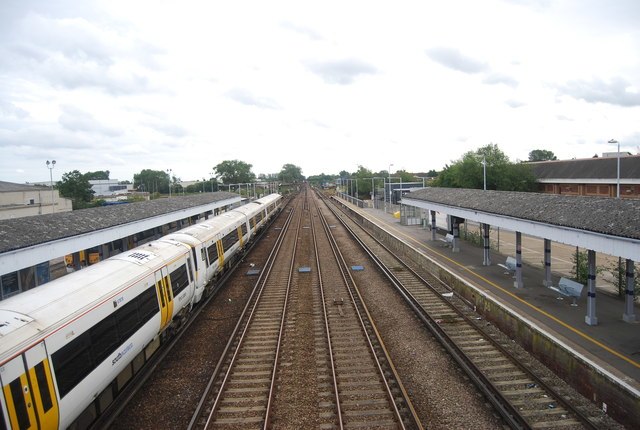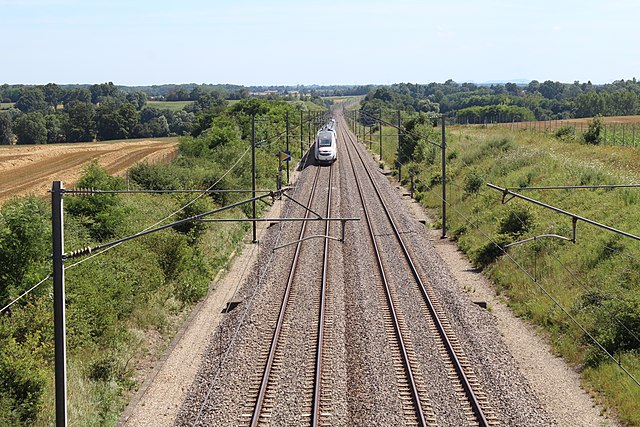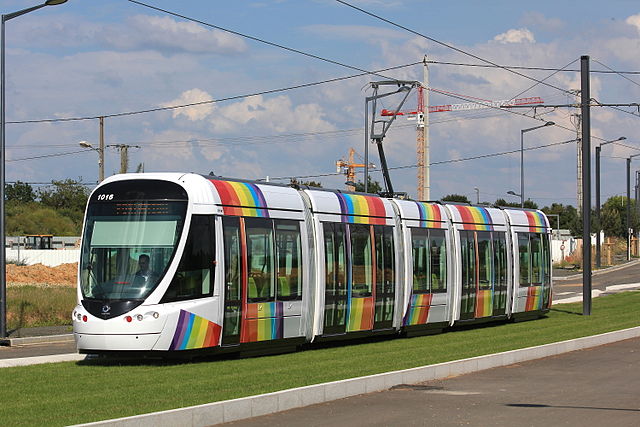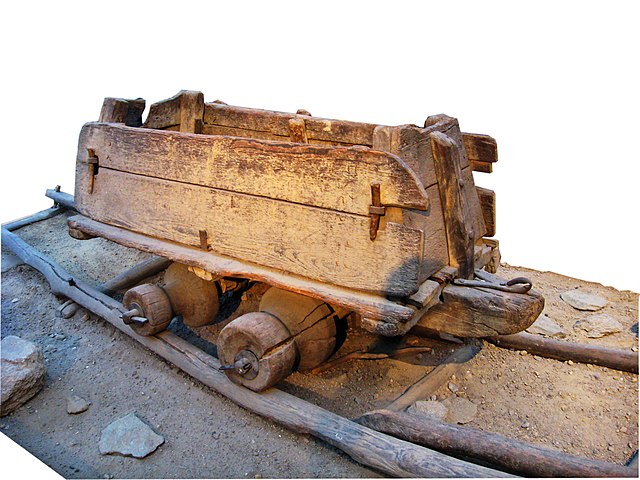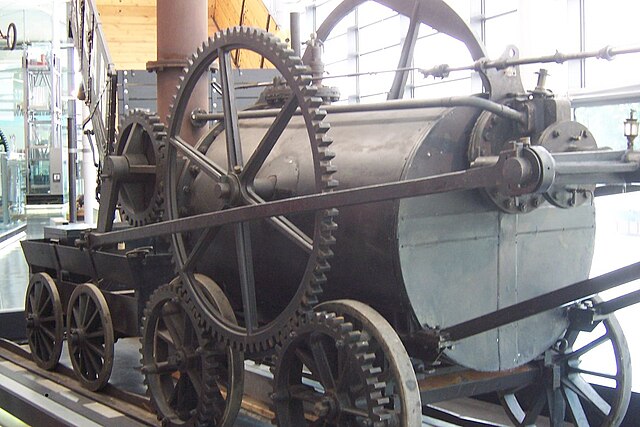Railway electrification is the use of electric power for the propulsion of rail transport. Electric railways use either electric locomotives, electric multiple units or both.
Electricity is typically generated in large and relatively efficient generating stations, transmitted to the railway network and distributed to the trains. Some electric railways have their own dedicated generating stations and transmission lines, but most purchase power from an electric utility. The railway usually provides its own distribution lines, switches, and transformers.
The Mantes-la-Jolie–Cherbourg railway in France connects Grand Paris and Normandy, and is electrified using overhead lines at 25 kV AC 50 Hz
The South Eastern Main Line in England connects the London metropolitan area with the Strait of Dover, and is electrified using third rail at 750 V DC
The LGV Sud-Est in France is electrified using 25 kV 50 Hz overhead lines
The Angers tramway in Angers, France uses 750 V DC overhead lines, in common with many other modern tram systems
Rail transport is a means of transport using wheeled vehicles running in tracks, which usually consist of two parallel steel rails. Rail transport is one of the two primary means of land transport, next to road transport. It is used for about 8% of passenger and freight transport globally, thanks to its energy efficiency and potentially high speed.
A train in Alaska transporting crude oil in March 2006
A 16th-century minecart, an early example of unpowered rail transport
A replica of a "Little Eaton Tramway" wagon; the tracks are plateways.
A replica of Trevithick's engine at the National Waterfront Museum in Swansea, Wales


